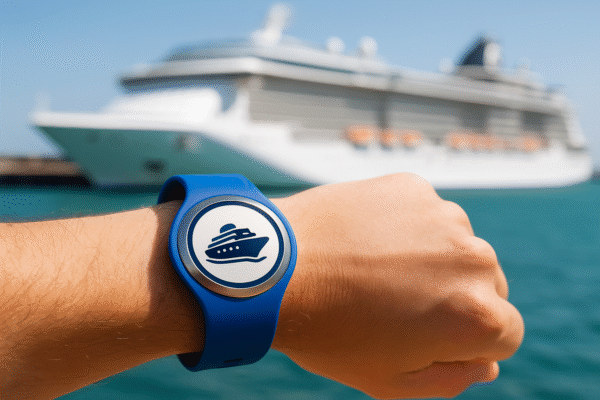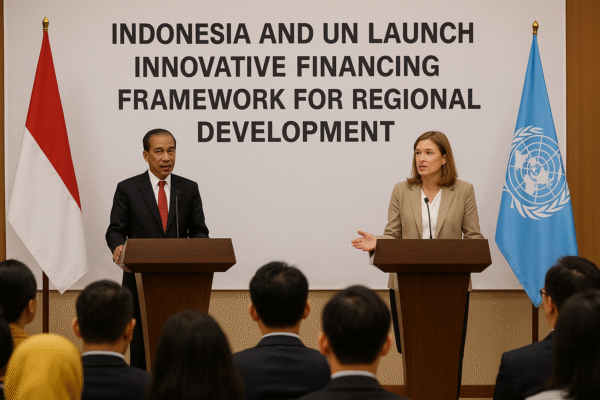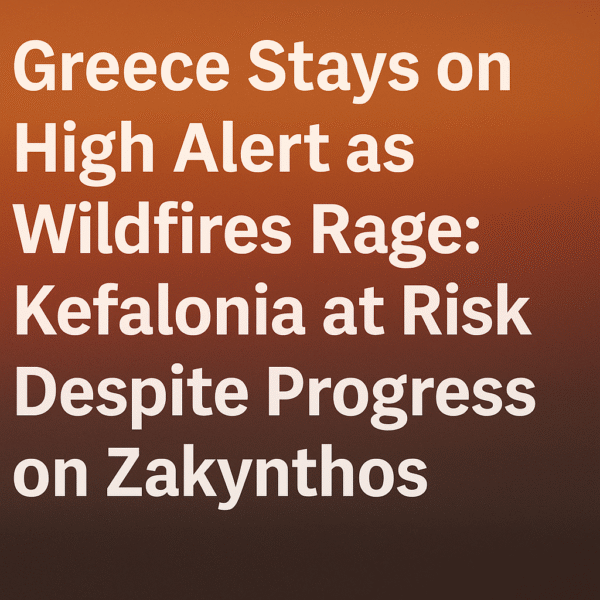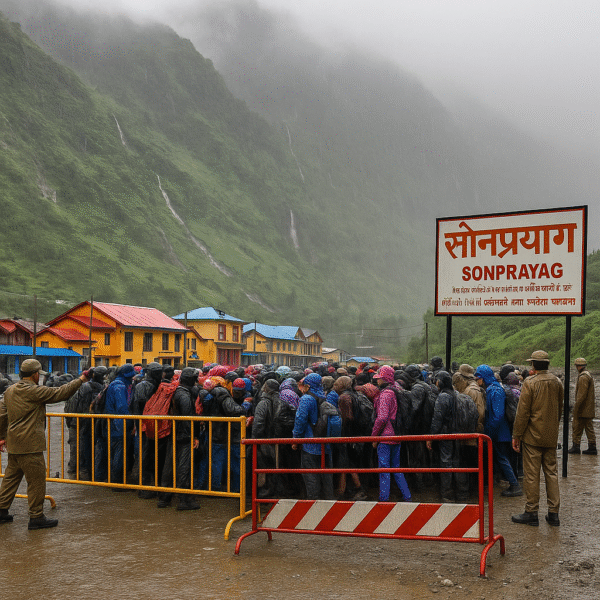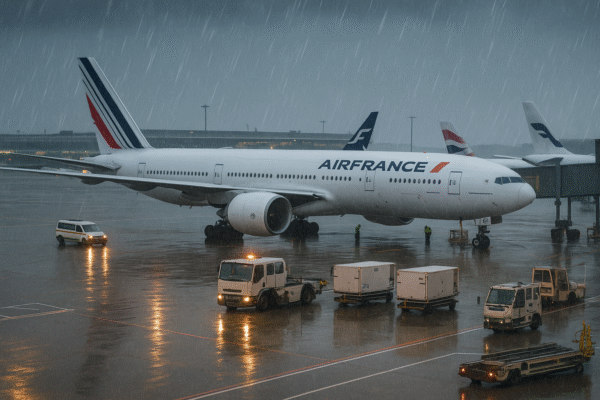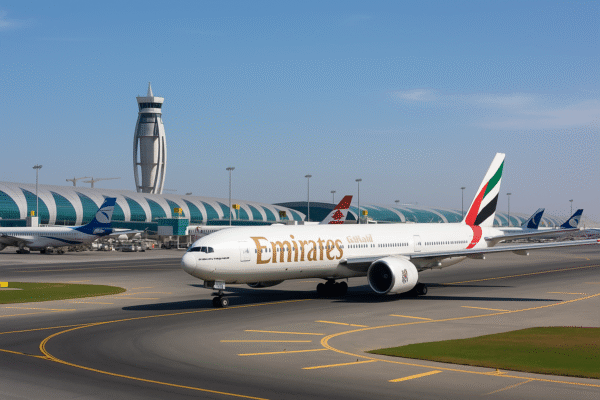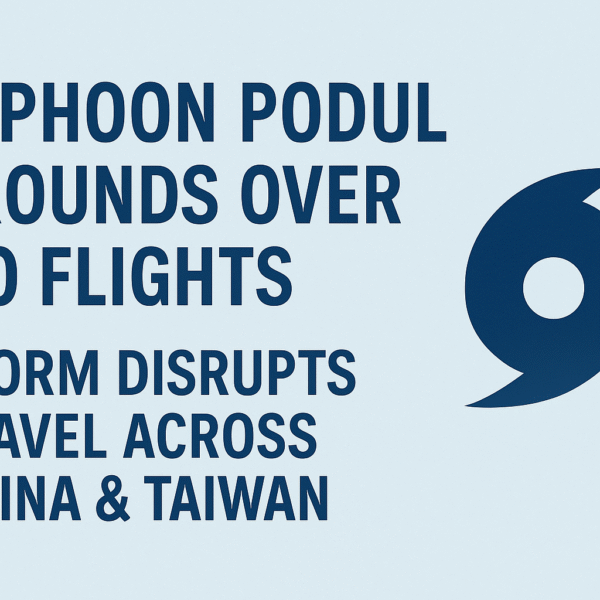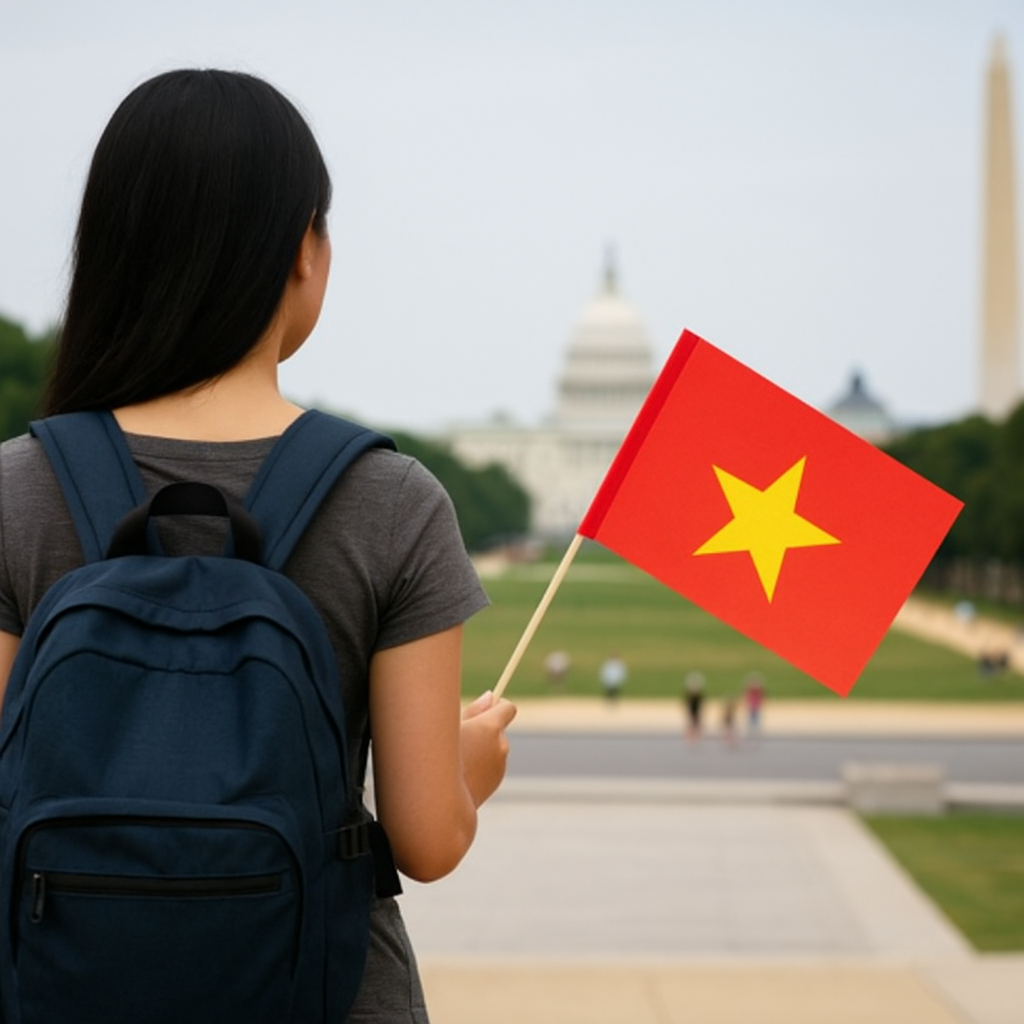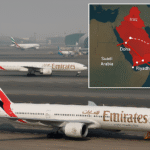A notable shift is taking place in the global travel landscape as Vietnamese interest in travel to the United States declines significantly in 2025. Industry experts and leading travel agencies in Ho Chi Minh City and Hanoi are attributing this drop to a mix of geopolitical tensions, soaring airfare costs, and changing travel preferences, signaling new challenges for the U.S. tourism sector and opportunities for regional markets.
As international travel recovers in the post-pandemic era, Vietnam’s booming outbound tourism market is taking a new shape, prioritizing proximity, affordability, and safety over long-haul travel to Western destinations like the U.S.
Geopolitical Unrest Disrupts Travel Routes to the U.S.
Among the most pressing deterrents is the geopolitical instability in the Middle East, particularly the ongoing conflict between Iran and Israel, which has significantly impacted flight routes. Airlines that traditionally connected Vietnam to the U.S. through Middle Eastern hubs—such as Emirates and Qatar Airways—have had to cancel or reroute flights, leading to uncertainty and delays.
One of Vietnam’s leading U.S. tour operators reported being forced to shift its transit routes from the Middle East to Taiwan-based EVA Air, adding both cost and logistical complexity to package tours. For Vietnamese travelers, this shift has translated into longer flight durations, higher ticket prices, and a growing reluctance to pursue U.S.-bound travel.
Rising Airfares and Safety Fears Further Deter Tourists
The cost of air travel to the U.S. from Vietnam has surged in recent months, particularly for flights that avoid conflict zones. According to data from the Vietnam National Administration of Tourism (VNAT), average round-trip airfare to U.S. cities has increased by over 20% since late 2024.
This increase has hit premium tours the hardest, especially those routed through Japan, South Korea, or Taiwan. Despite offering better service and safety, these tours are failing to attract sufficient demand due to their steep price tags. Safety concerns related to indirect routes through volatile regions have only added to traveler hesitation.
Regional and European Destinations Steal the Spotlight
In response, Vietnamese tourists are increasingly choosing regional and closer international destinations, where affordability, ease of access, and perceived safety are more favorable. Destinations across Southeast Asia, Northeast Asia, and parts of Europe are witnessing a rise in bookings.
Countries such as Thailand, Japan, South Korea, Singapore, and France are outperforming long-haul destinations like the U.S. This shift also reflects a growing middle class in Vietnam seeking frequent, shorter, and culturally accessible travel experiences without the complications of expensive and uncertain long-haul journeys.
Additionally, many of these regional destinations offer easier visa policies, greater airline connectivity, and low-cost carrier options—factors that resonate strongly with today’s Vietnamese travelers.
Vietnam’s Travel Boom Continues—Just Not to the U.S.
Despite the decline in demand for U.S. travel, Vietnam’s outbound tourism market remains robust. According to 2024 data from VNAT, more than 17.5 million Vietnamese travelers went abroad—marking a full recovery from pre-pandemic levels. However, a growing share of that travel now favors regional destinations, particularly ASEAN countries and East Asia, reflecting evolving consumer behaviors.
Tourism analysts note that while Vietnamese travelers are still aspirational, they are becoming more pragmatic—opting for travel that balances cost-efficiency, safety, and cultural enrichment over long-distance prestige.
U.S. Tourism Faces a $12.5 Billion Shortfall
The implications for U.S. tourism are significant. According to the World Travel & Tourism Council (WTTC), international visitor spending in the United States is projected to decline by $12.5 billion in 2025, falling to just $169 billion—a 7% drop from 2024 and 22% below 2019’s record levels.
This downward trend isn’t limited to Vietnam. Travelers from other Asian markets like Indonesia, Thailand, and even China are beginning to favor regional and European destinations, exacerbated by similar cost and safety concerns.
How the U.S. Can Reclaim the Vietnamese Market
To win back Vietnamese travelers, the United States must adapt to this rapidly shifting market. Travel agencies and tourism boards suggest that improvements in the following areas could help reverse the trend:
- Streamlined visa procedures, including faster processing times and reduced documentation requirements.
- More direct flights from key Vietnamese hubs to major U.S. cities, bypassing volatile regions.
- Strategic pricing, including seasonal promotions and bundled packages aimed at middle-income travelers.
- Targeted marketing highlighting cultural attractions, education opportunities, and safety.
Additionally, fostering stronger diplomatic relations and tourism agreements could position the U.S. more favorably in the eyes of Vietnamese outbound travelers, especially amid growing competition from friendlier visa regimes in Europe and Asia.
Conclusion: A Cautionary Shift in Global Tourism Flows
The downturn in Vietnamese travel to the U.S. serves as a warning to global tourism leaders: economic and geopolitical factors can quickly redefine travel flows. While Vietnam remains a high-potential market, tapping into its outbound segment will require nuanced, responsive strategies.
With rising global uncertainty and changing traveler preferences, destinations like the U.S. must stay agile—adjusting policies, pricing, and perceptions to match the needs of today’s globally mobile and cautious traveler. As it stands, Vietnamese tourists are sending a clear message: value, safety, and convenience are more important than ever in choosing where to go next.
For more travel news like this, keep reading Global Travel Wire



